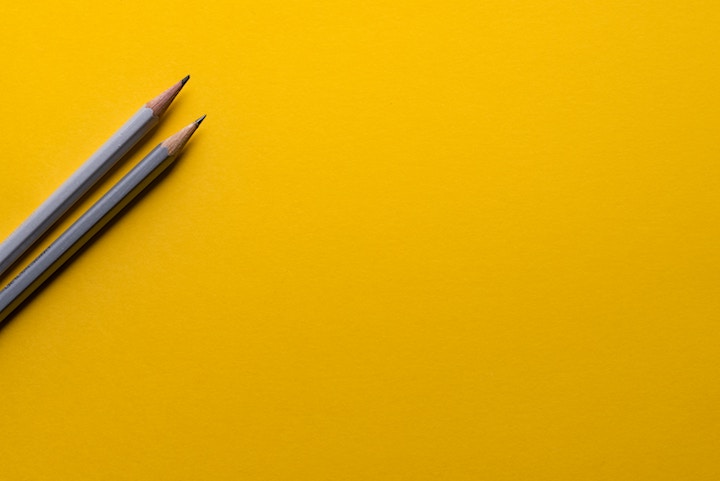
We Belong Together
Five Ways Junior and Senior Designers Can Work Together Effectively
Disclaimer – I am a designer so this is written for /designer pairs but it’s also relevant for any other Junior/Senior duos.
Hello, wonderful Junior/Senior design duos! Odds are you are fairly new to working together. Perhaps the junior designer is fresh out of school or the senior designer just got a promotion. Whatever the circumstances are, you are now buddies and will keep working together. So, let’s make sure that it is awesome!
If you’re like me, sometimes it can be difficult adjusting to working with a new colleague. You need to learn and adapt to how that individual uses certain tools, their communication style, and even what kind of jokes they like :). Below are some tips that have helped me work closely with many different senior designers and vice versa.
Pairing
If you are not familiar with the concept of Design Pairing, it was created at Cooper (https://www.cooper.com/). It’s a method of working in design teams where one person is the synthesizer and one person is the generator. Generators walk up to the blank piece of paper and generate many concepts, while the synthesizer helps to provide insight and push back against the ideas.
At Carbon Five, we often follow a model very close to this when a senior and junior designer
Reflections
Time to be a little harsh on the idea of pairing now. Executing pairing can be really difficult to do, especially if you are not used to the process. Performing the reflections as part of the pairing process can be extremely effective at addressing problems and struggles one might experience while pairing.
The concept of a reflection (also called a retrospective) is simple. Grab some stickies and spend a few minutes getting meta about a process. Share what is going well with “I like” and areas that need work with “I wish.” Carry this out for about five minutes then discuss the Likes and Wishes and notice what can be improved on. After the discussion write up some “We will” statements. For example, if there is a stickie stating, “I wish we could pair more,” then talk about why it isn’t happening and what might be done about it, and then write, “We will make sure we spend x percent of our time pairing.” The reflection process gets the senior and junior designers talking more, thus cementing professional trust. If the message isn’t clear, talking and collaborating more is the key to a more effective working relationship as well as positive productivity. We often use Stickies.io when implementing reflections.
Senior Designers — Giving Responsibility
It’s scary.
I know it’s scary, senior designers — handing over part of a project to someone with much less experience — but it needs to be done! It’s one of the best ways for junior designers to learn. Whether it’s user research or one of many visual design directions, let us try to lead the process and fail if we need to.
In my experience, when a junior designer leads something such as prototyping, it’s best to let them get to the end of the process. Then, in a
Junior designers will surprise you with new ideas, and a culture of collaboration rather than leadership yields more rigor and practicality.
Junior Designers — Speaking Up
This is hard. I am sorry, but buck up folks. If a junior designer feels like they need more work or are not learning, they need to speak up and tell their senior designer. This can be hard because you want to make sure you are providing as much value as possible, but sometimes that means buckling down and working on whatever project your senior designer has given you. However, it also means sometimes you have to say, “Okay, I will work on exporting those assets for developers, but then can we please pair on visual design? I would like to be more involved in the whole process.”
I bet your senior designers will find a way to include you because they want you to succeed and provide value too. Also, now that you have built trust and created a good working banter, this should be no problem. Reflections will naturally give you an opportunity to do this. Remember that your growth will often be part of a senior designer’s job description, and they will probably be reviewed on it. In addition, one of the responsibilities of a senior designer (official or unofficial) is checking in on the emotional health of the project and making sure no one feels taken for granted.
Food
Beer, or wine — or if you don’t drink, how about popcorn or salads! Anything where the two of you can sit down and decompress a little bit. You could talk about your weekends or true crime podcasts! Really anything to help break down those walls again so you can have the best working relationship possible. I suggest one beer/popcorn a week, but hey, it’s five o’clock somewhere right?
Now, senior and junior design teams, go make me proud!
Do you have any tips for working in a senior/junior design pair? Please let me know on Twitter at @babytreyce.